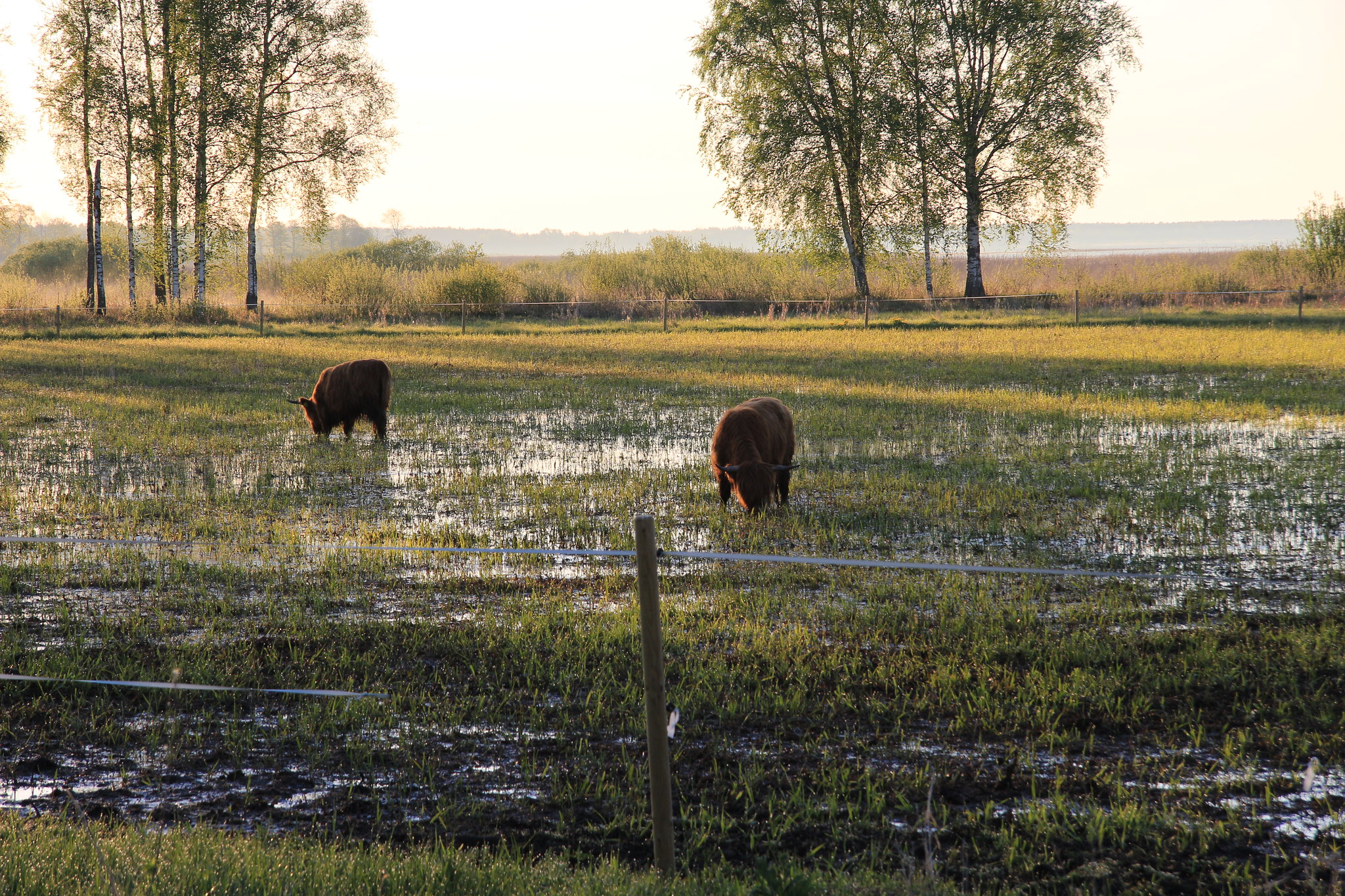Preserving heritage communities is one of the most important responsibilities of our nature conservation
As heritage meadows have been created with the help of man, they also have great cultural-historical and aesthetic value. When humans no longer care for these communities, they will overgrow. Junipers, reeds, trees, or shrubs will take over the grasslands and all the great biodiversity is lost.

Since 2001, the state has supported both the restoration and maintenance of semi-natural communities through various support measures.
The restoration of semi-natural communities
In order to restore a semi-natural community, nature conservation grants can be applied for, the payment of which is organised by the Environmental Board. The restoration activities include support for cutting down shrubs, cutting reeds or turfed grass layer, reducing the connectivity of the canopy, and the building of stock yards. The grants are paid for protected areas, limited-conservation areas, or species protection sites under the conditions established by a regulation of the Minister of the Environment.
In addition to the nature conservation support, restoration is carried out through projects. In 2014–2019, the ‘LIFE to alvars’ project took place, funded by LIFE+, the European Union (EU) funding programme for nature conservation activities, the cost of which was 3.5 million euros and during which 2,500 hectares of alvars were restored.
The State Forest Management Centre (RMK) restores semi-natural communities on at least 3,300 hectares, which, on state lands, are leased to caretakers. The cost of the rehabilitation project is over 5 million euros, of which 85% is the support of the EU Cohesion Fund and the rest is RMK’s own financing [1].
The maintenance of semi-natural communities
Grants for the maintenance of semi-natural communities is paid for communities located on a protected natural object and entered in the Estonian nature information system. Mowing, cleaning, and grazing are supported. The grant is paid for the proper maintenance of the community and on the basis of unit rates depending on the type of treatment: most for mowing wooded meadows, less for grazing [2]. The Agricultural Registers and Information Board organises the payment of the grants, but the conditions of management are set and the activities are checked by the Environmental Board.
The maintenance support from the rural development plan began to be paid in 2007, when almost 2.8 million euros was paid for the maintenance of 15,181 ha. In 2021, support for the maintenance of semi-natural communities was applied for on 35,571 ha, and payments are approaching 6 million euros. Thus, the area of maintained semi-natural communities in Estonia has more than doubled in the period of 2007–2021.
Last modified: 23.08.2022
__________________________________
[1] https://www.rmk.ee/organisatsioon/el-fondid-1/uhtekuuluvusfond/poollooduslike-koosluste-taastamine.